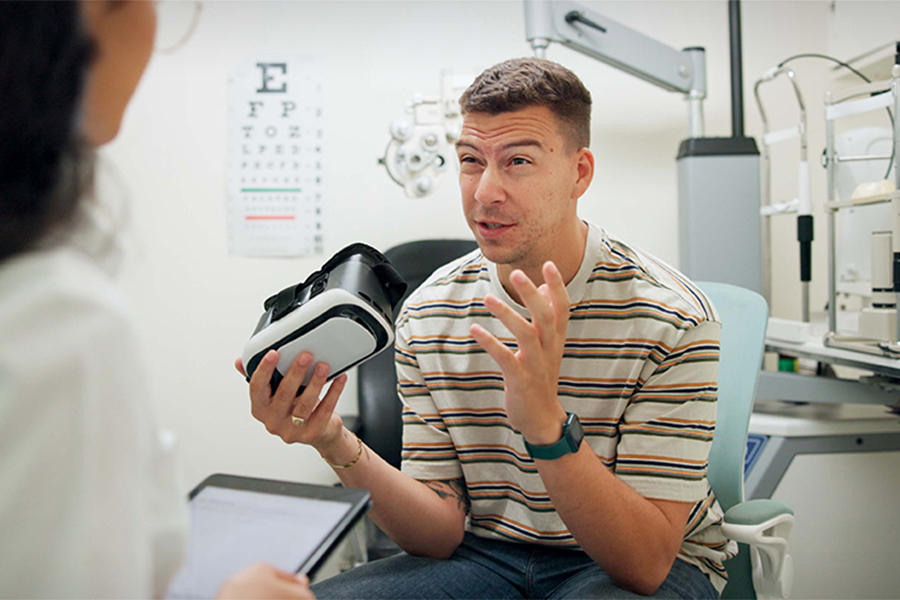
Sleep apnea causes repeated interruptions in breathing during sleep, leading to fatigue, heart problems and other serious health risks. Current diagnostic methods, such as overnight sleep studies, are costly, intrusive and difficult to access.
Researchers from the UHN’s KITE Research Institute have applied artificial intelligence (AI) to analyze breathing sounds, offering a less invasive and more affordable method of sleep apnea diagnosis.
There are two main types of sleep apnea — obstructive and central — and distinguishing between them is essential, as each has different causes and treatments. Obstructive sleep apnea is caused by a blocked airway, while central sleep apnea occurs when the brain does not signal the muscles that control breathing.
Misdiagnosis can be harmful, as treatments for obstructive sleep apnea, such as continuous positive airway pressure (CPAP), may worsen outcomes for people with central sleep apnea.
Recently, breathing sounds have gained attention as a method for sleep apnea diagnosis, as they can be captured using a small, wearable microphone.
To further explore this non-invasive and portable diagnostic method, Dr. Azadeh Yadollahi, a Senior Scientist at KITE and lead author of the study, trained AI models to recognize differences in breathing sounds recorded during sleep.
The research team recruited 50 participants for overnight sleep studies, measuring brain activity, heart rhythm, breathing effort, and breathing sounds throughout the night. The measurements were then used to train six AI models to distinguish between obstructive and central sleep apnea events.
By analyzing differences in the frequency and intensity of breathing sounds, the AI models differentiated sleep apnea events with more than 80 per cent accuracy.
The findings of this study, whose first author is Dr. Shumit Saha, a former PhD student in the lab of Dr. Yadollahi, confirmed that breathing sounds can accurately differentiate obstructive and central sleep apnea, enabling the development of compact, at-home diagnostic devices.
Further developments of this method could support earlier, safer and more precise diagnoses for people with sleep apnea.
Dr. Azadeh Yadollahi is also a Canada Research Chair in Cardiorespiratory Engineering, Tier 2. At the University of Toronto, she is an associate professor at the Institute of Biomedical Engineering and an associate member of the Department of Electrical and Computer Engineering.
This study was supported by generous donors to UHN Foundation.


